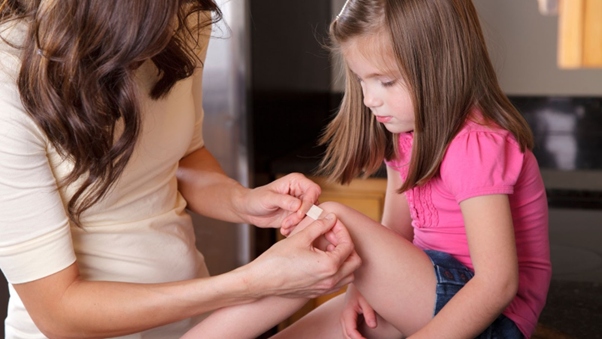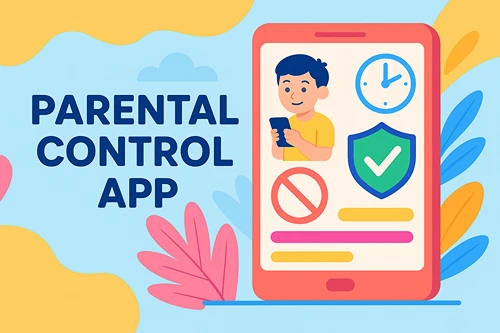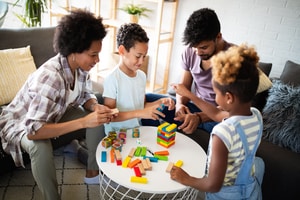5 Crucial Tips to Teach Kids About First Aid
Teaching kids basic first aid is a valuable life skill that can make a difference in an emergency. Whether at home, in school, or out playing, accidents can happen at any time, and knowing how to respond can help them stay calm and assist others effectively.
While they may not be ready for advanced medical interventions, kids can learn key first aid principles that empower them to handle minor injuries and know when to get help. Here are five crucial tips to teach your kids about first aid, along with a recommendation for CPR Training to enhance their emergency preparedness.
1. Teach the Importance of Staying Calm
One of the most important lessons for kids when it comes to first aid is the importance of staying calm in an emergency. In high-stress situations, it’s easy to panic, but panic can make things worse, especially if someone is injured. Kids should understand that, even if they’re frightened, taking deep breaths and staying calm helps them think clearly and act appropriately.
Practice calmness by role-playing different scenarios at home. For example, if a sibling falls and scrapes their knee, walk your child through the steps of staying calm, assessing the situation, and providing comfort. Reinforce that they should avoid rushing into action before making sure the area is safe and they’re able to help effectively.
2. Teach Basic Injury Care (Cuts, Scrapes, and Burns)
Minor injuries like cuts, scrapes, and burns are common, especially with active kids. It’s important for children to know how to respond to these situations promptly and safely.
- Cuts and Scrapes: Show them how to clean a wound with water, gently dry it, and apply an antiseptic. Make sure they know how to cover the wound with a bandage to protect it from infection. Emphasize the importance of washing their hands before treating any wound to avoid further contamination.
- Burns: Teach your child to recognize the difference between a minor burn (like a sunburn or a small kitchen burn) and a more serious one. For minor burns, running the burn under cool water for several minutes is often effective. Ensure they know never to apply ice directly to a burn, as it can make the injury worse.
Always reinforce that, for anything more serious, they should call an adult or emergency services immediately.

3. Teach How to Identify and Handle a Choking Hazard
Choking is a frightening experience for both kids and adults but teaching kids how to recognize the signs of choking and how to respond can be lifesaving. Instruct them to remain calm if they see someone choking, and immediately encourage the person to cough or spit out whatever is obstructing their airway.
For older children, you can teach the basics of performing the Heimlich maneuver (abdominal thrusts). This technique involves applying pressure to the abdomen to help expel an object from the airway. It’s important to note that children under the age of 5 should not perform the Heimlich maneuver themselves but should be taught to alert an adult or call 911 for help.
Additionally, consider enrolling your child in a CPR training course. CPR often includes choking management, and learning these life-saving skills at an early age can empower children to act decisively in an emergency.
4. Teach How to Handle Nosebleeds
Nosebleeds are common and can be alarming, but they’re often easy to manage. Teach your kids to stay calm and follow these steps:
- Sit Up Straight: Have them sit up to avoid blood running down their throat.
- Pinch the Nose: Gently pinch both nostrils together for 10–15 minutes without letting go. Instruct them to breathe through their mouth during this time.
- Apply a Cool Compress: If the bleeding persists, applying a cool compress to the back of the neck or the nose can help constrict blood vessels and stop the flow.
It’s also helpful to remind your child that if a nosebleed lasts for more than 30 minutes, or if it’s caused by an injury, they should seek medical attention.
5. Teach the Importance of Knowing When to Get Help
Kids should be taught that while they can handle small injuries and first aid tasks, they should always know when to ask for help. This can include getting an adult or calling 911 in cases of:
- Severe injuries like large cuts, fractures, or head trauma.
- Severe allergic reactions or difficulty breathing.
- Symptoms of a heart attack or stroke.
- Any situation where they feel unsure or scared.
Empower your children to be confident in seeking help when needed and encourage them to remember the emergency number for their area. Role-playing these scenarios with your child can make them more comfortable with the process.
Enhance First Aid Skills with CPR Training
Teaching your children the basics of first aid is an essential part of their development. These skills give them confidence to react in emergency situations, whether at home, on the playground, or with friends. In addition to these basic first aid tips, enrolling your child in CPR training will provide them with the life-saving knowledge to help in more serious emergencies, such as heart attacks or drowning incidents.
CPR training can make a significant difference in critical situations, and many programs offer courses tailored to children, focusing on basic skills appropriate for their age. Knowing how to perform CPR and how to manage choking or other medical emergencies can help your child feel empowered, responsible, and ready to make a difference in a crisis.
Teaching kids about first aid not only prepares them for the unexpected but also fosters a sense of confidence and responsibility, equipping them with life skills they will carry with them throughout their lives.





